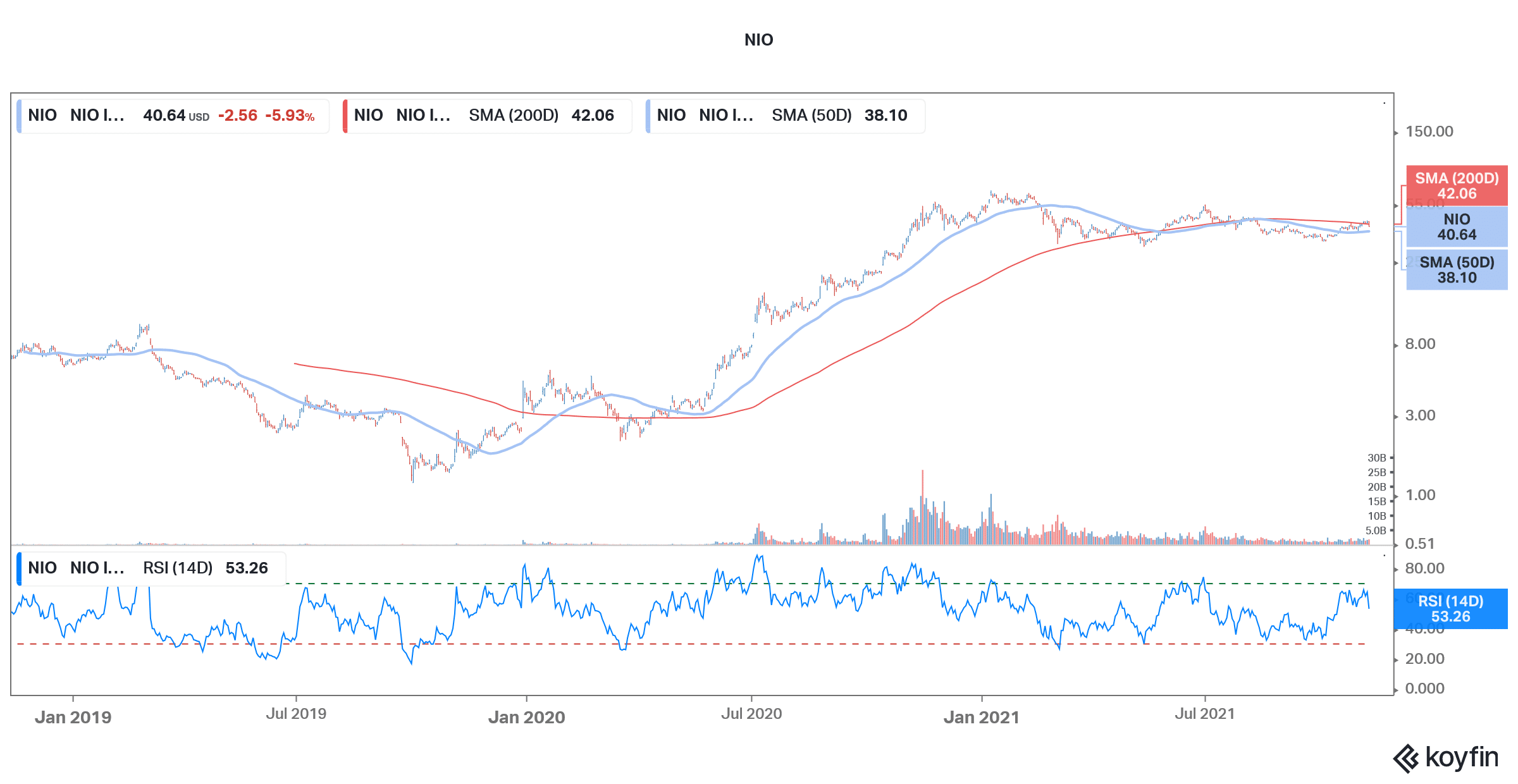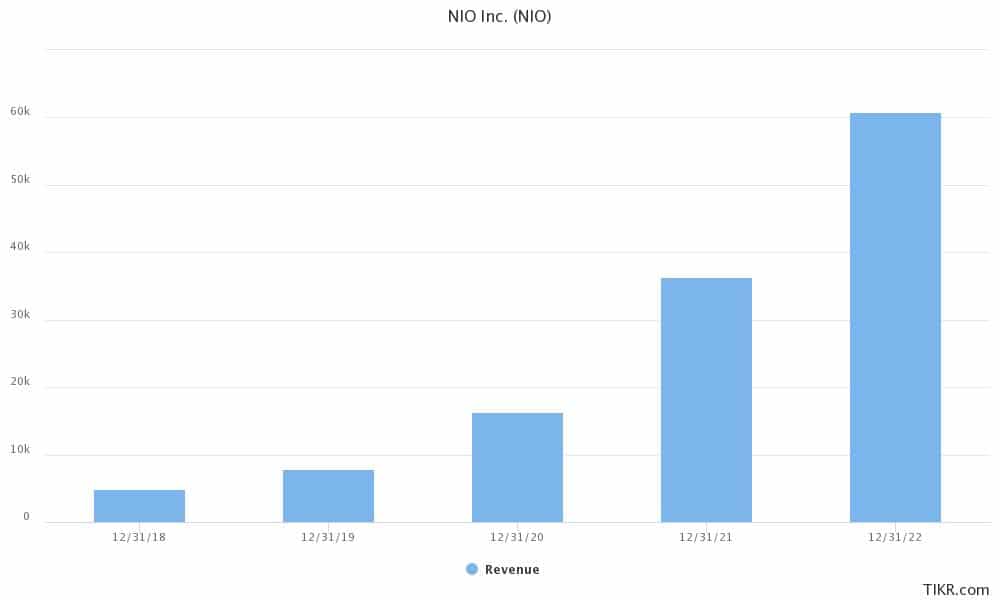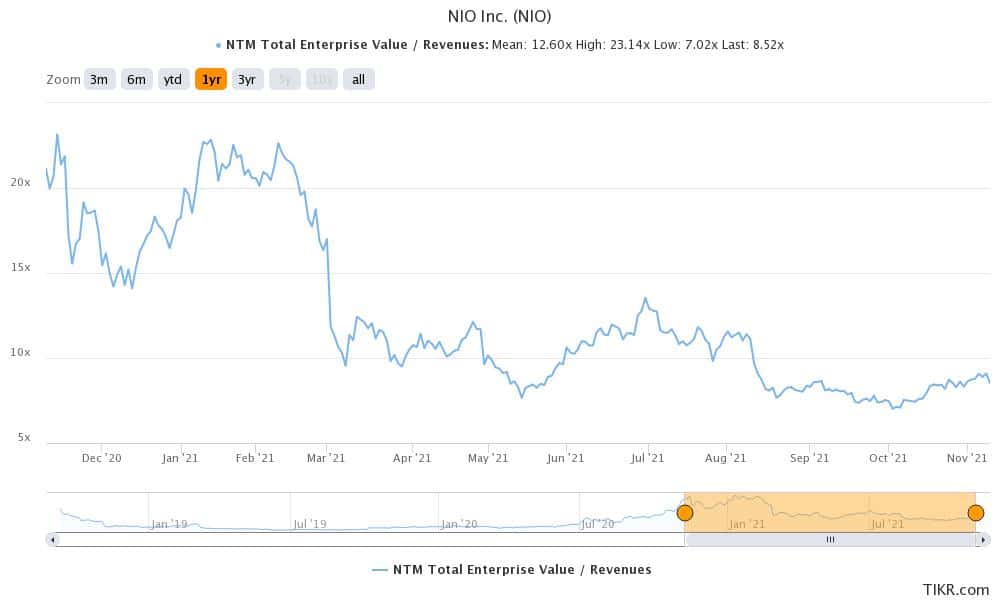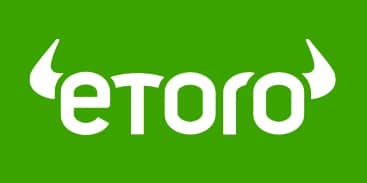NIO Stock Price Forecast November 2021 – Time to Buy NIO Stock?
Please note that we are not authorised to provide any investment advice. The content on this page is for information purposes only.
NIO stock fell almost 6% in yesterday’s price action which took its YTD loss to 16.7%. The stock is underperforming Tesla as well as Chinese EV (electric vehicle) stocks this year.
There was a bloodbath in EV stocks yesterday amid the crash in Tesla stock. Tesla’s CEO Elon Musk is contemplating selling a 10% stake in the company which has led to pressure on the stock. Usually, Tesla’s price action impacts that of other EV names also.
Technical analysis

While NIO has crossed above the 50-day SMA (simple moving average), it is facing resistance at the 200-day SMA. The stock also trades below the 100-day SMA. The 12,26 MACD (moving average convergence divergence) gives a buy signal for the stock while the 14-day RSI (relative strength index) is a neutral indicator.
68% of all retail investor accounts lose money when trading CFDs with this provider
NIO released third-quarter earnings
NIO released its third-quarter earnings yesterday after the close of US markets. The Chinese EV company delivered 24,403 electric cars in the quarter which was over twice what it delivered in the corresponding quarter last year. The company generated revenues of $1.52 billion in the quarter which were 116.6% higher than the third quarter of 2020. Of this, $1.34 billion was automotive revenues while the remaining was from ancillary services.
NIO reported an automotive gross margin of 18% in the quarter which was lower than the 20.3% that it had posted in the second quarter of 2021. The consolidated gross margin was 20.3% in the quarter which was higher than the previous quarter.
NIO’s earnings were better than expected
NIO’s adjusted net loss also narrowed to $129.6 million in the quarter. The company’s topline, as well as the bottomline, was better than expected. Expressing optimism over the results, William Bin Li, NIO’s CEO and chairman said “We achieved another all-time high quarterly delivery of 24,439 for the third quarter of 2021, representing a solid growth of 100.2% year-over-year. Our demand continues to be strong and our new orders reached a new record high in October.”
NIO raised cash by selling shares in the quarter and ended the quarter with total cash and cash equivalents of $7.3 billion. EV companies have been on a capital raising spree over the last year and have strengthened their balance sheet.
Guidance was below par
While NIO’s third-quarter earnings were better than expected, its guidance was below par. The company expects to deliver between 23,500-25,500 vehicles in the fourth quarter. It expects to generate revenues between $1.45 billion $1.56 billion in the fourth quarter. In the earnings release, Li said “Despite the continued supply chain volatilities, our teams and partners are working closely together to secure the supply and production for the fourth quarter of 2021.” He added, “Meanwhile, we are fully dedicated to accelerating our products and technologies development and bringing the three new products based on NIO Technology Platform 2.0 to users in 2022 to lead the smart EV transformation and adoption.”

NIO stock price forecast
According to the data from CNN Business, NIO has a median target price of $58.77 which is a premium of 44.7% over current prices. Its street high target price is $92.08 which is a premium of 127% over current prices. Of the 22 analysts covering the stock 19 rate them as a buy while two analysts have a hold rating. Only one analyst has rated NIO as a sell or some equivalent.
Last month, Goldman Sachs, which has had a love-hate relationship with NIO, upgraded the stock. “We believe Nio’s positioning of the ET7 is strategic,” said Goldman’s Fei Fang commenting on the upcoming sedan from the company. According to Fang, “The price point makes ET7 China’s most expensive car model ever launched by domestic manufacturers, strengthening Nio’s brand equity in the premium space.”
NIO stock long term forecast
NIO has the tacit support of the Chinese government and the country has a special subsidiary category for battery swapping where only NIO qualifies. The country also bailed out the company when it was waging a survival battle last year. China plans to increase the EV penetration in the country to 25% by 2025 which bodes well for domestic EV companies.
Over the long-term launch of new models and entry into new markets will drive value for investors. NIO has already announced an expansion in Europe beginning with Norway and hinted at targeting Germany next. Rival Chinese EV maker Xpeng Motors is also expanding in Norway. However, both these companies are yet to enter the US markets.

Should you buy NIO stock?
NIO is among the most promising Chinese EV stocks and has built a niche for itself in the premium EV market. The company’s BaaS (batter-as-a-service) is another differentiator and helps it lower the initial buying price for its cars.
The outlook for Chinese EV stocks in general looks positive looking at the impetus that the government has placed on the sector. The Chinese government sees electric cars as a strategic industry and the sector forms part of its “Make in China 2025” program.
NIO stock now trades at an NTM (next-12 months) EV-to-EBITDA multiple of 8.5x which is a discount to that of Tesla. As NIO expands its markets and launches new products, the stock could deliver strong returns in the medium to long term.






